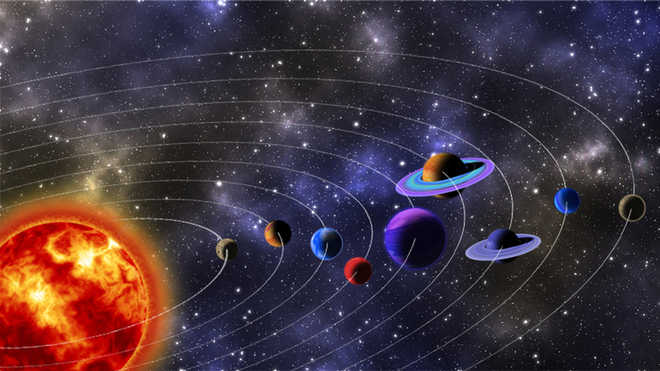
The findings, published in the journal ACS Earth and Space Chemistry, serve as a cautionary tale for researchers. iStock
NEW YORK: Researchers have found that the presence of oxygen in a planet’s atmosphere may not be the surest sign that life may be present there.
Simulating in the lab the atmospheres of planets beyond the solar system, researchers from the Johns Hopkins University in Maryland successfully created both organic compounds and oxygen, absent of life.
The findings, published in the journal ACS Earth and Space Chemistry, serve as a cautionary tale for researchers who suggest the presence of oxygen and organics on distant worlds is evidence of life there.
“Our experiments produced oxygen and organic molecules that could serve as the building blocks of life in the lab, proving that the presence of both doesn’t definitively indicate life,” said lead author Chao He, assistant research scientist at the varsity.
“Researchers need to more carefully consider how these molecules are produced,” Chao He added.
Oxygen makes up 20 per cent of Earth’s atmosphere and is considered one of the most robust biosignature gases in Earth’s atmosphere.
In the search for life beyond Earth’s solar system, however, little is known about how different energy sources initiate chemical reactions and how those reactions can create biosignatures like oxygen.
The team performed the simulation experiments in a specially designed Planetary HAZE (PHAZER) chamber in the lab.
The team tested nine different gas mixtures, consistent with predictions for super-Earth and mini-Neptune type exoplanet atmospheres.
Each mixture had a specific composition of gases such as carbon dioxide, water, ammonia, and methane, and each was heated at temperatures ranging from about 80 to 700 degrees Fahrenheit.
The team allowed each gas mixture to flow into the PHAZER setup and then exposed the mixture to one of the two types of energy—plasma from an alternating current glow discharge or light from an ultraviolet lamp.
The team found multiple scenarios that produced both oxygen and organic molecules that could build sugars and amino acids—raw materials for which life could begin—such as formaldehyde and hydrogen cyanide.
“People used to suggest that oxygen and organics being present together indicates life, but we produced them abiotically in multiple simulations,” Chao He said.
“This suggests that even the co-presence of commonly accepted biosignatures could be a false positive for life.”—IANS



























